Remember when cooking wasn’t just about microwaves and air fryers?
Our grandparents created magic in the kitchen using techniques that have nearly vanished today. These old-school methods didn’t just make food taste better—they connected us to our cultural roots and made cooking a true art form.
Let’s rediscover these forgotten kitchen skills that deserve a comeback in our modern culinary world.
1. Fermentation: Nature’s Food Preservation Magic
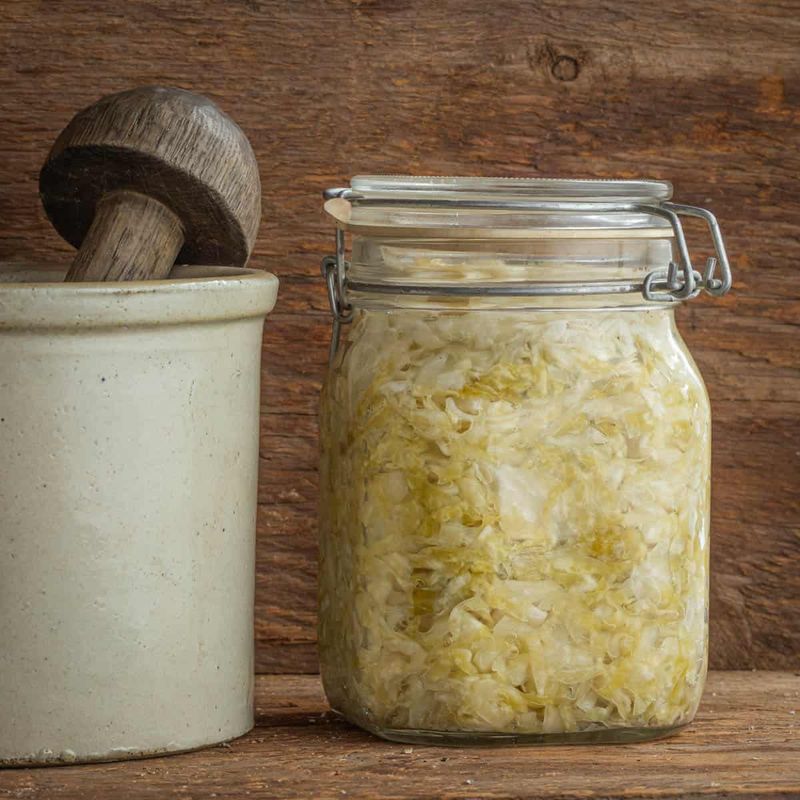
Forget store-bought probiotics! Your great-grandma created gut-healthy foods right on her kitchen counter using nothing but salt, water, and time.
Transforming cabbage into sauerkraut or cucumbers into pickles wasn’t just practical—it was culinary alchemy. The beneficial bacteria create complex flavors impossible to replicate with quick-pickle methods.
2. Dutch Oven Cooking Over Open Flames
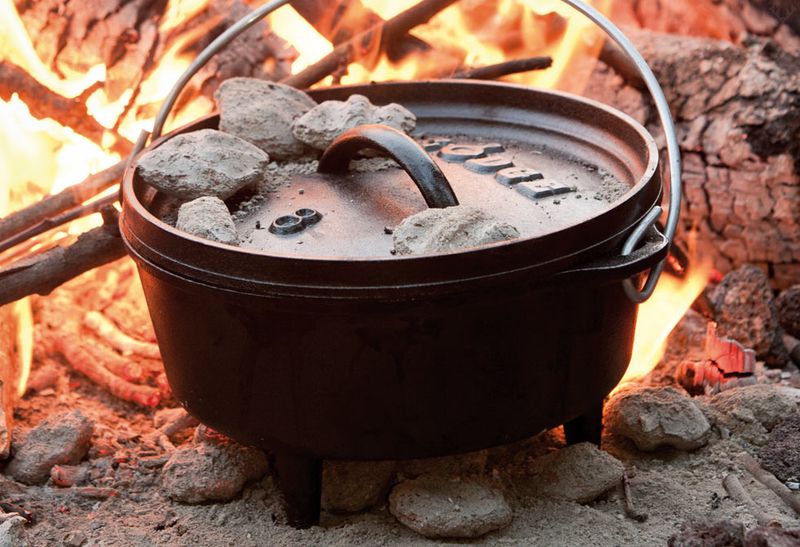
Cast iron pots hanging over crackling fires weren’t just for Western movies. They were culinary workhorses!
The heavy lid trapped moisture while coals piled on top created an even heat chamber unlike anything your fancy electric oven can manage.
Stews simmered for hours develop deep and rich flavors.
3. Hand-Churned Butter Making
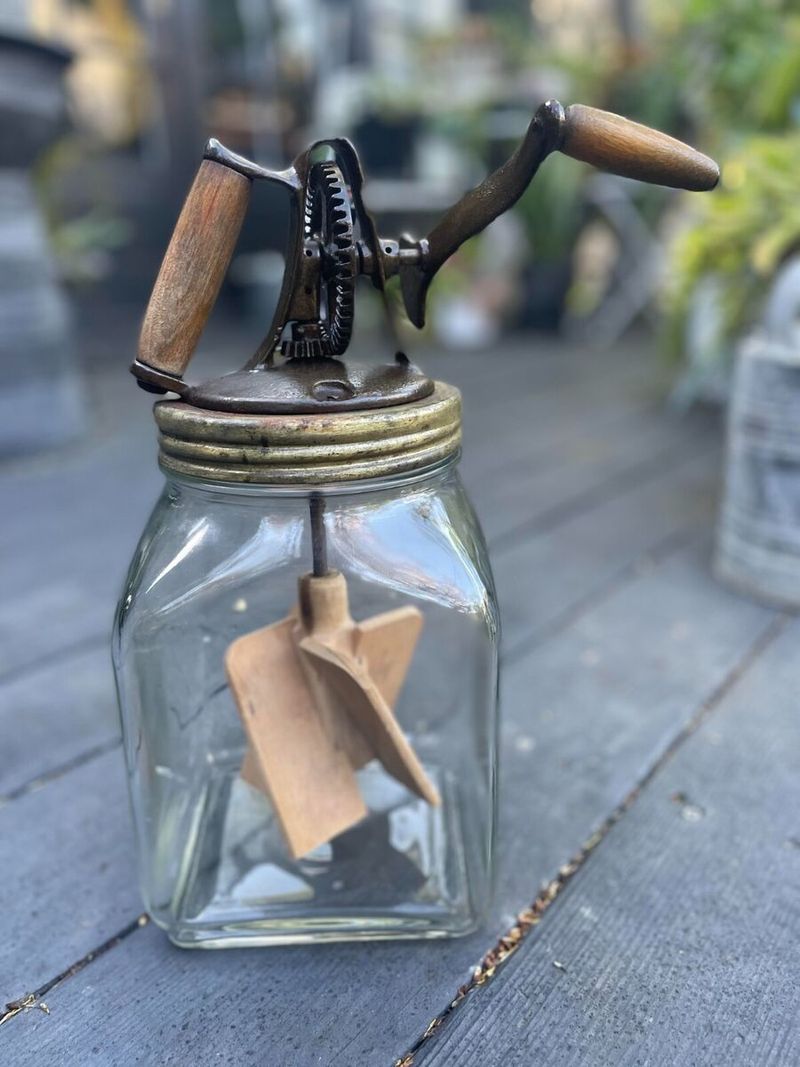
SLAM! SLAM! SLAM! The rhythmic sound of the butter churn was once the heartbeat of country kitchens.
Nothing compares to spreading freshly made butter—with its bright yellow hue and grassy notes—on warm bread. The physical effort invested somehow made the butter taste better.
4. Smoking Meats In A Smokehouse
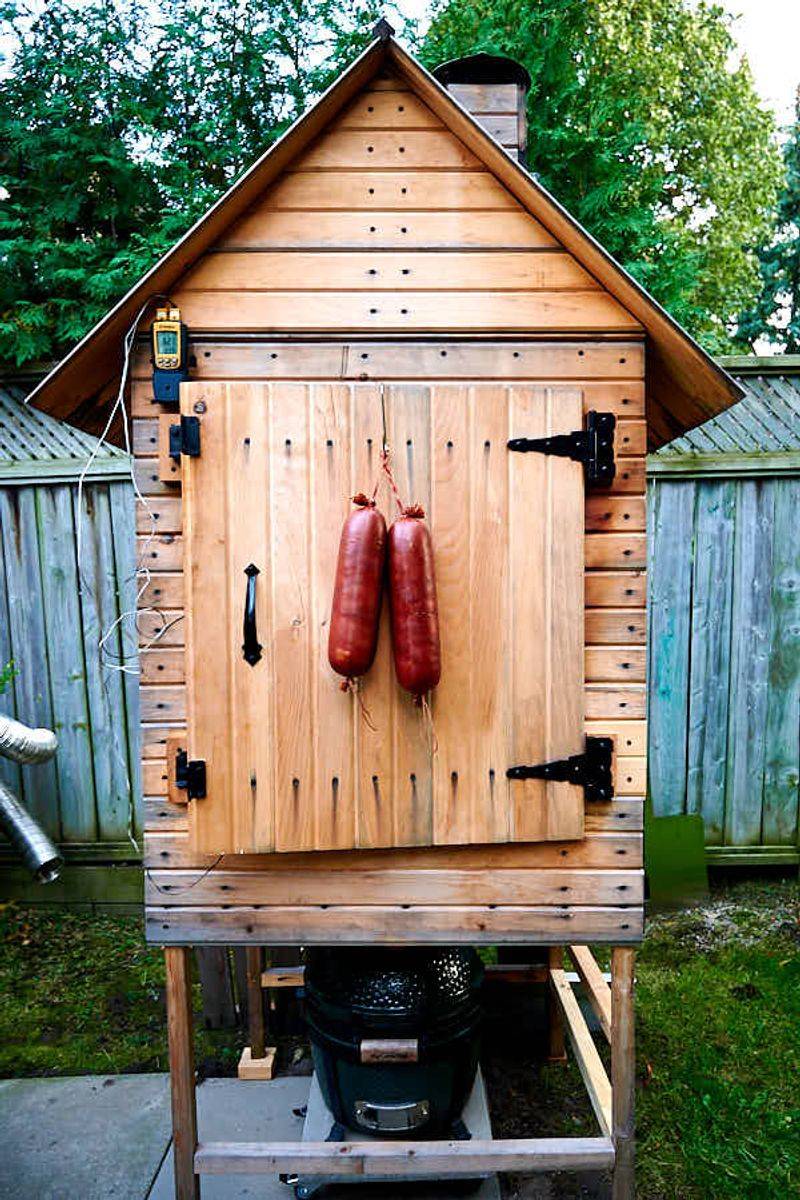
Long before electric smokers with digital controls, there were simple wooden structures filled with aromatic smoke. The patience required was immense.
Sometimes days of tending fires and monitoring temperatures by feel rather than fancy thermometers. This slow dance of smoke and time created preservation that doubled as flavor-building.
5. Cooking In Ash And Embers
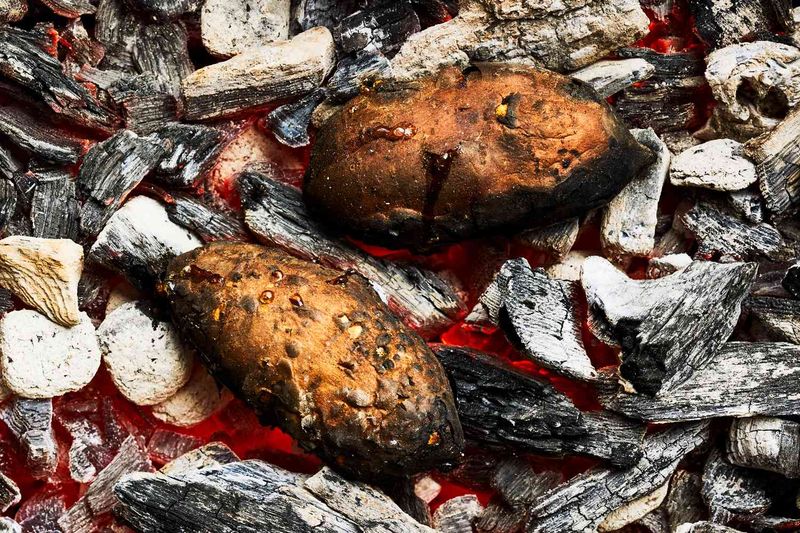
Potatoes nestled directly in dying embers? Pure. Flavor. Magic. Our ancestors knew that vegetables develop caramelized sweetness when cooked this primitive way that no oven can replicate.
The natural minerals in wood ash even enhanced flavors while creating a protective barrier that steamed food from within.
6. Hand Grinding Spices With Mortar And Pestle
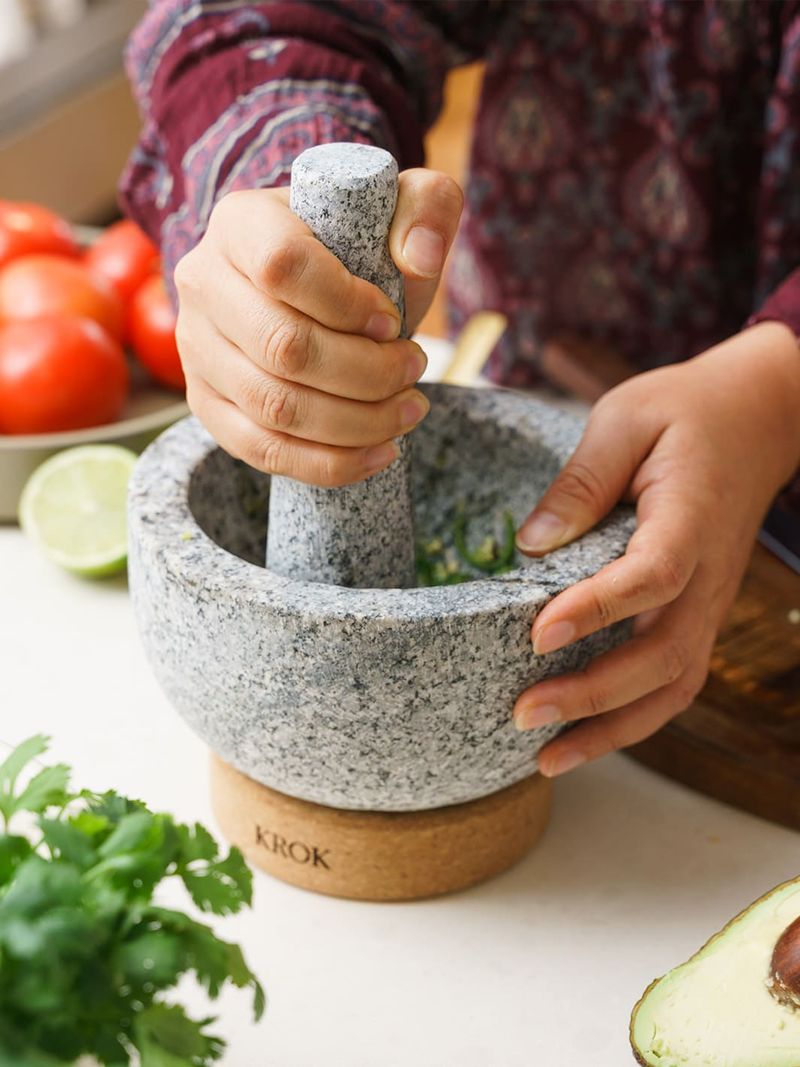
Electric grinders? Please. The brutal aromatherapy of crushing cumin seeds by hand releases essential oils that pre-ground spices lost months ago sitting on supermarket shelves.
That satisfying resistance as you grind cardamom pods connects you to thousands of years of cooking history.
7. Rendering Lard From Scratch

Grandma would laugh at our fear of animal fats! The slow transformation of pork fat into liquid gold created the foundation for flaky pie crusts that vegetable shortening can only imitate.
Beyond superior flavor, home-rendered lard contained none of the chemicals found in modern processed versions. The crackling by product became treasured snacks or flavor bombs for beans.
8. Cooking In Clay Pots

Unglazed earthenware doesn’t just look rustic—it fundamentally changes how food cooks! These porous vessels breathe, allowing moisture to circulate.
Beans cooked in clay develop a creaminess that’s inexplicable until you’ve tasted it. Plus, these pots retain heat beautifully, keeping food warm long after removing from heat.
9. Hay Box Cooking (The Original Slow Cooker)
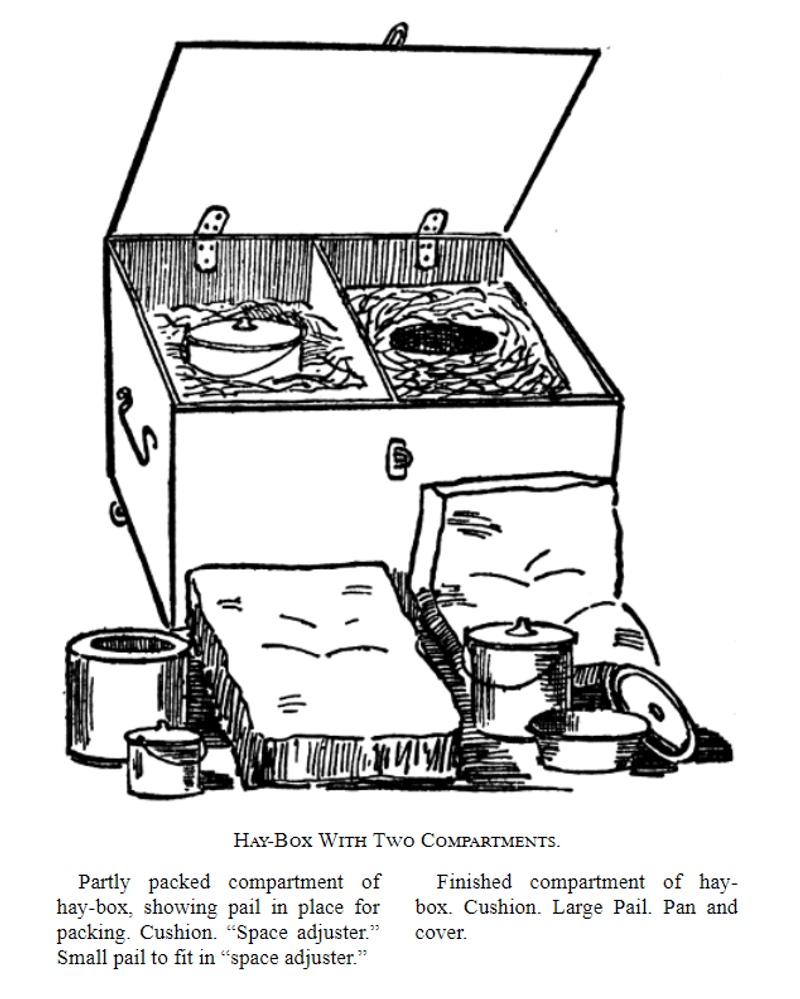
Talk about eco-friendly! Before electricity, clever cooks brought pots of food to a boil, then nestled them in boxes stuffed with hay for insulation. The residual heat slowly finished cooking stews and grains without additional fuel.
This brilliant energy-saving technique allowed working people to start dinner in the morning and return to perfectly cooked meals hours later.
10. Cooking On A Hearth With Spider Pots
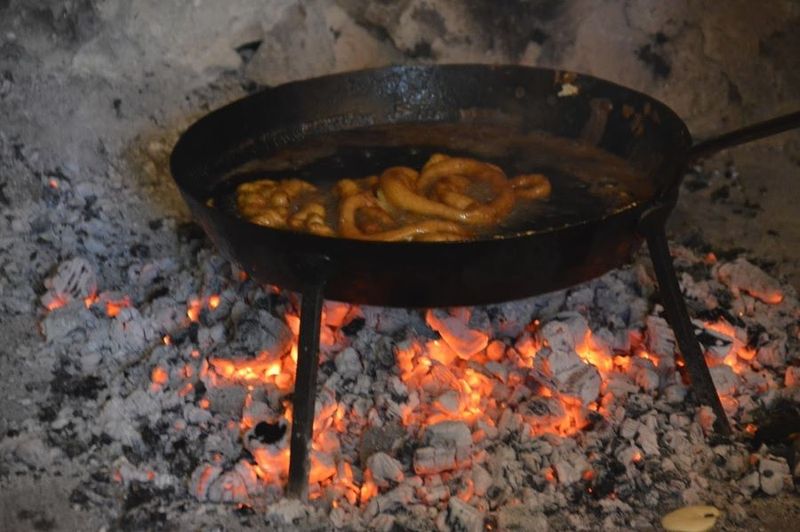
Spider pots weren’t named for creepy crawlies but for how they perched over coals! The direct heat relationship gave cooks incredible temperature control by simply moving pans closer or farther from flames.
No thermostat needed—just intuition and experience. The radiant heat from below created crisp cornbread with that distinctive bottom crust.
11. Making Stock From Scratch
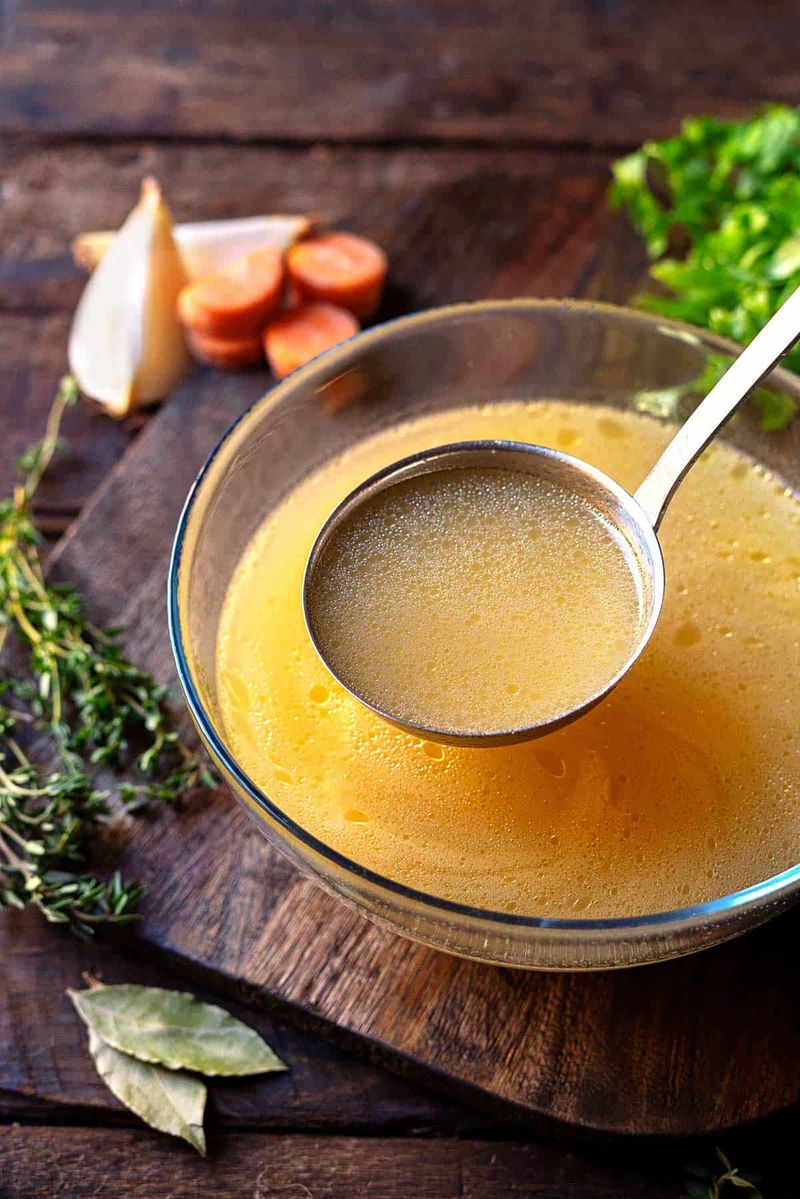
Boxes and bouillon cubes are convenient culinary lies! True stock-making—simmering bones for hours until collagen transforms into liquid gold.
It creates the foundation for soups and sauces that puts commercial versions to shame. The patient skimming of impurities and gentle reduction created clear, gelatinous stocks that added depth to every dish they touched.
12. Hand Kneading Bread Dough

Stand mixers with dough hooks? Bah! The intimate connection between hands and dough allowed bakers to feel exactly when gluten development was perfect.
The rhythmic push-fold-turn meditation of kneading wasn’t just practical—it was therapeutic. Your grandmother could tell by touch alone whether bread needed more flour or water.
13. Cooking In Animal Bladders
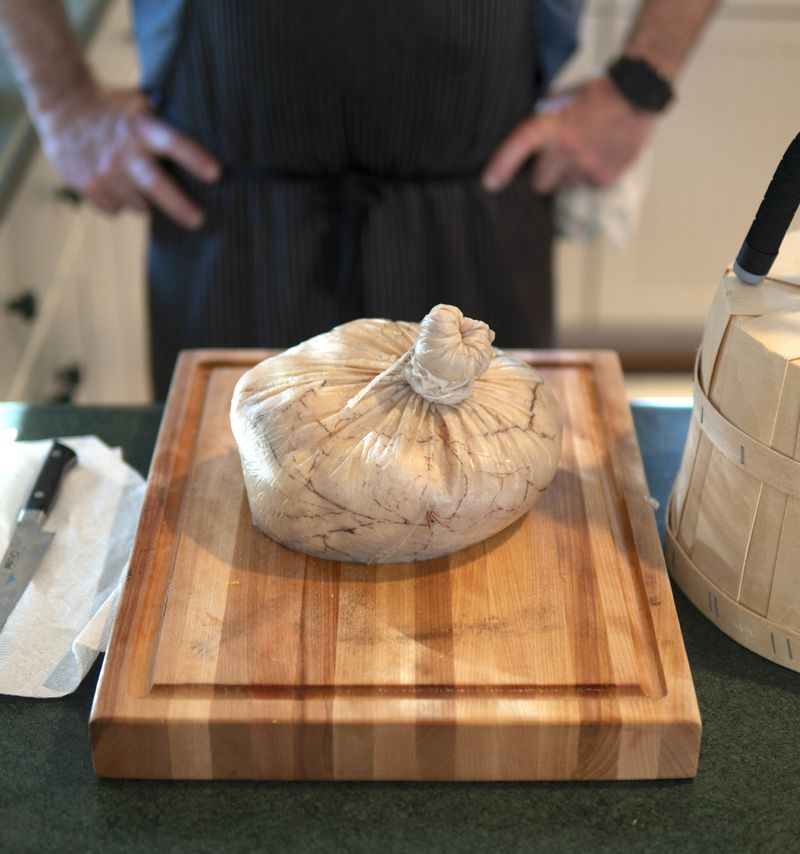
Before there was sous vide, there were animal bladders! These natural casings created perfect cooking vessels for delicate meats and forcemeats, expanding as steam built up inside without bursting.
The moisture-sealing properties ensured nothing dried out while also infusing subtle flavors.
14. Milk Paint Preservation For Cheese
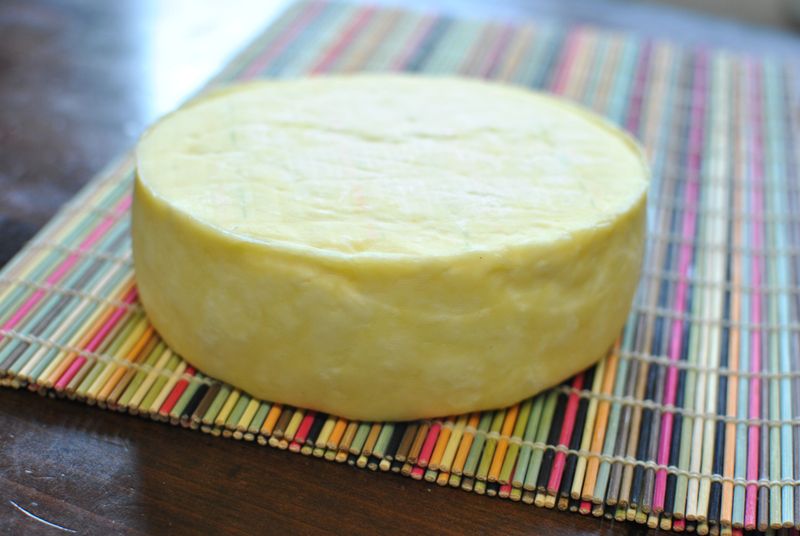
Red wax on cheese wheels is a modern shortcut! Traditional cheesemakers created breathable protective coatings using milk paint.
It’s a mixture of milk protein, lime, and pigments painted onto aging cheese. This living barrier protected against mold while still allowing cheese to mature properly.
15. Cooking With A Reflector Oven
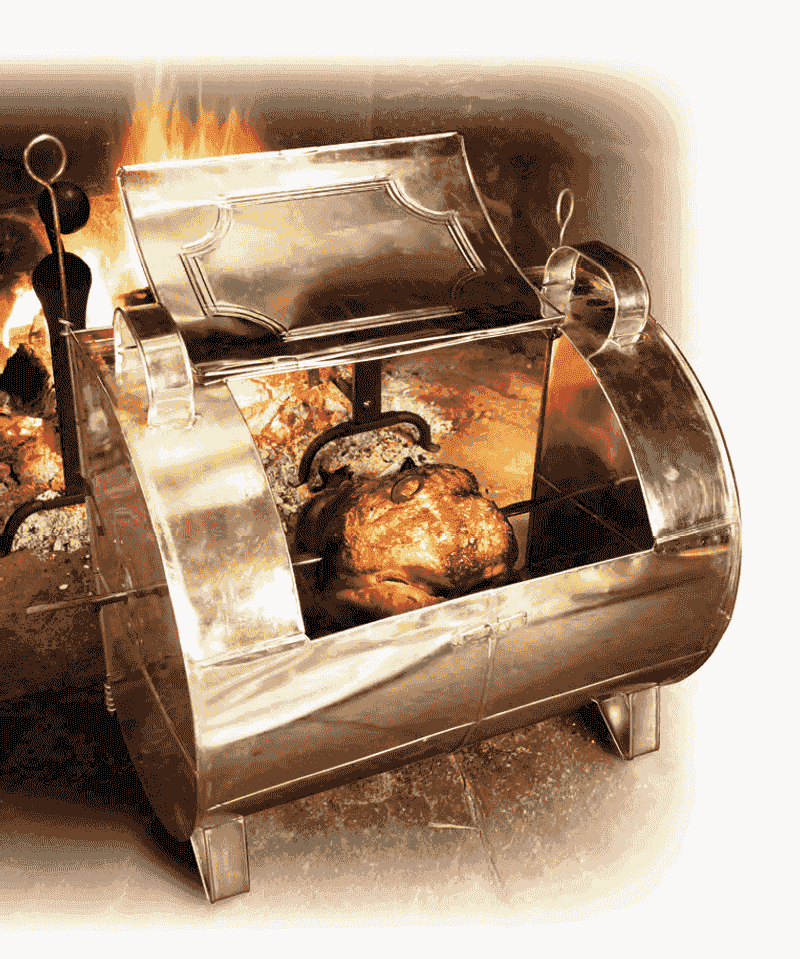
These clever tin contraptions positioned beside open fires used reflected heat to bake bread and roast meats without an enclosed oven! The shiny surfaces bounced heat onto food from multiple angles, creating even browning without electricity.
Pioneers and campers relied on these portable marvels that folded flat for transport. The radiant heat method produced exceptionally crisp exteriors.
16. Using Salamanders For Browning
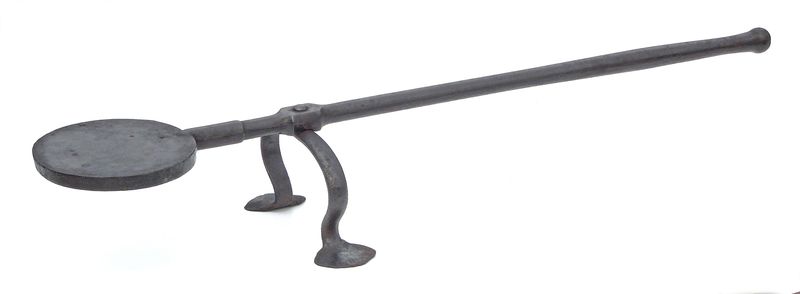
Before kitchen torches came those medieval-looking cast iron tools called salamanders! Heated until red-hot in the fire, then held over dishes to create perfectly browned tops on gratins and custards.
The intense direct heat created caramelization without overcooking delicate dishes beneath. Chefs controlled browning with precision impossible with broilers.
17. Salt Preservation Of Meat And Fish
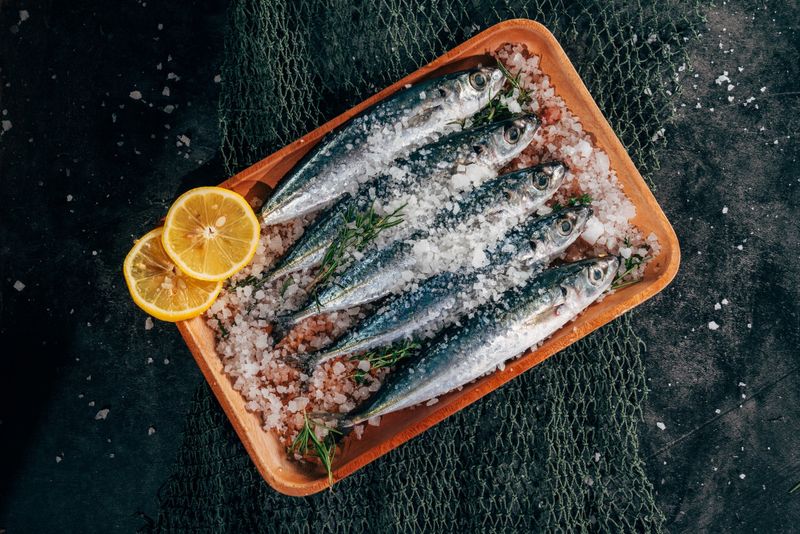
Our ancestors didn’t need refrigeration—they had salt! The methodical process of dry-curing with salt and spices created foods with concentrated flavors and extended shelf lives.
Salt cod, country hams, and gravlax weren’t just preservation methods but culinary treasures in their own right. Modern refrigeration has made us forget these techniques.
18. Cooking In Parchment Parcels
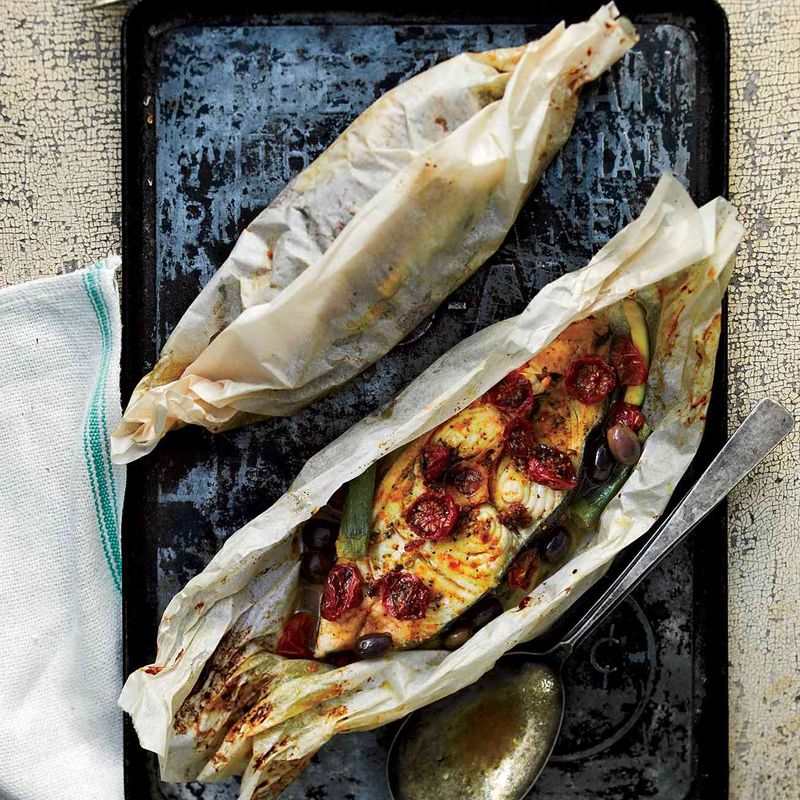
Before aluminum foil, there was parchment paper! The original “en papillote” method.
It created self-contained steam chambers that infused foods with herbs and aromatics while retaining all their natural juices. This gentle cooking method preserved delicate textures while concentrating flavors in ways foil cannot.
19. Cooking With Kitchen Strings
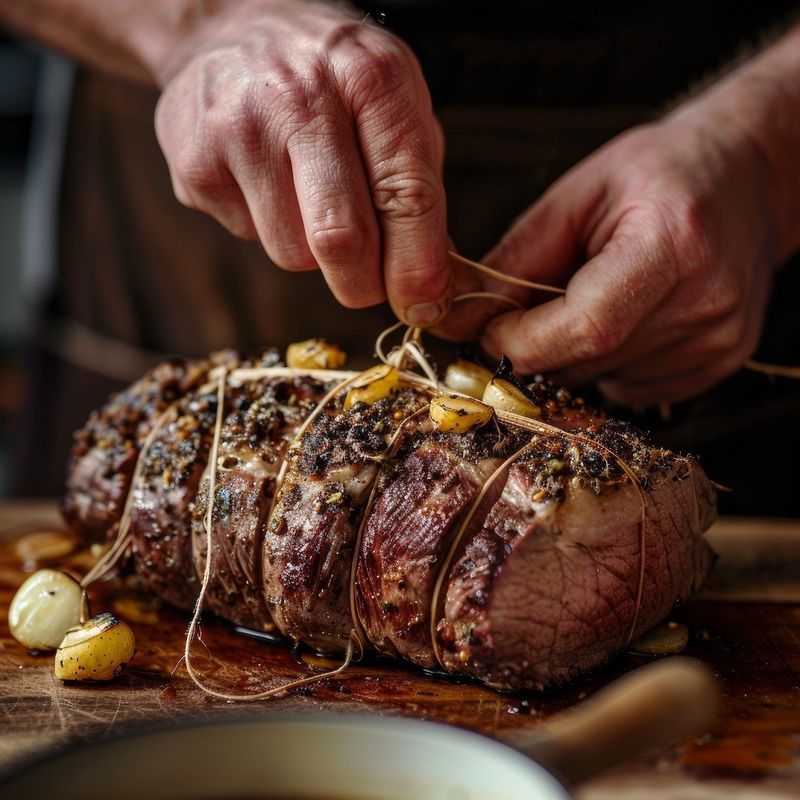
Simple cotton twine was once as essential as knives in skilled kitchens! The art of trussing poultry created evenly cooked birds with perfectly browned skin.
Larding needles threaded fat through lean meats. Bouquet garni herbs tied neatly could be removed after flavoring stocks. These humble strings controlled cooking in ways fancy gadgets can’t match.

